How to create a fab garden that’s at one with nature
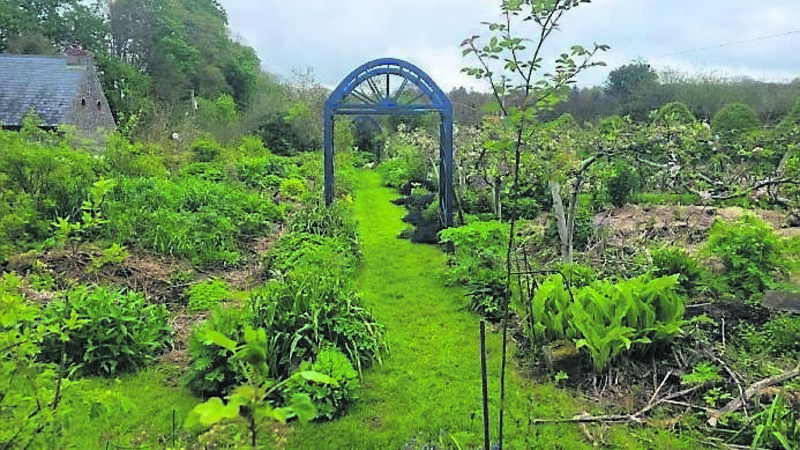
Raised beds either side of the central path at Dunmore Country School
AS we begin May, we hope for more settled weather so that we can get into the swing of the growing season, and not have to worry about late frosts doing damage to crops and flowers as they emerge.
It is always a worrying time for the apple blossom and the reason why orchards are situated to avoid cold frost pockets, writes Olive Ryan in her weekly gardening column.
Days where there is some warmth in the sun, when it does appear, are becoming more frequent, giving us glimpses of what lies ahead for the summer, we hope!
Longer periods of sunshine are helping to dry out the soil and allow preparation for planting to begin in vegetable beds, with the soil heating up nicely now too.
The birds are busy building nests and feeding their young, and pollinators are feasting on all the blossoms abounding in the garden and hedgerows right now. It is a lively time in the garden!
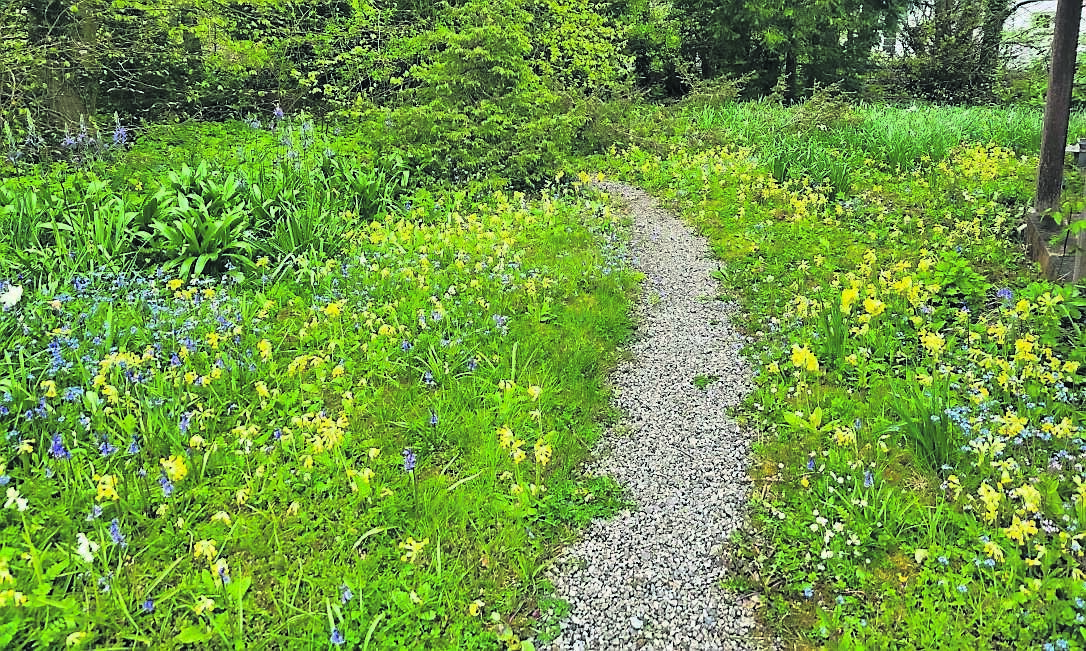
A recent visit I paid to Dunmore Country School in County Laois revealed a garden managed largely for wildlife and the provision of fruit and vegetables to feed their own household throughout the year.
There is a big focus on preserving food so that it can be used throughout the year, not just during times of plenty.
The school is run by Tanguy and Isabelle de Toulgoët, who arrived from France 25 years ago in lovely Laois to live their dream life.
They produce their own apple juice, cider, cider vinegar, mead, ketchup, vegetables, and various fermented foods from this garden. It comprises about one acre and includes 32 rose varieties with lots of gallica or French roses, and apple and pear trees grown as single or double cordons, which help to separate different areas of the garden as well as providing flower and fruit at different times of the year.
Tanguy plants the trees as young whips and trains them into the cordons or whatever shape he chooses over a number of years. The garden is alive with insects and birds as this oasis for plants, birds and insects provides plenty of food and shelter for wildlife of all descriptions.
There is a no dig system employed in the garden, with mulching being the method used to build up organic matter in the beds.
All sorts of material is used to mulch, leaf mould, grass clippings, tree prunings and plants such as sweet corn and comfrey are used as ground cover to ensure that as much of the soil is covered as possible.
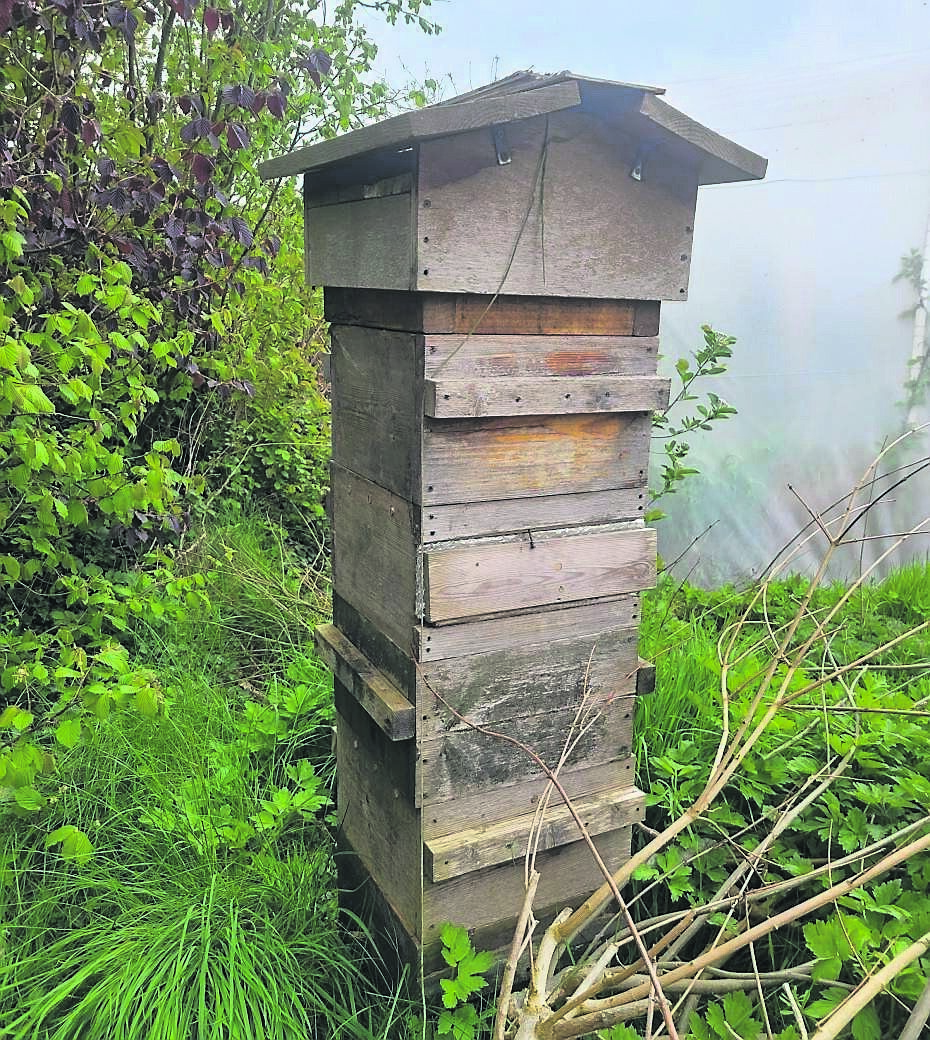
There are a number of bee hives on site also. The Warre system of working with bees is used, and this involves minimal intervention - no sugar is fed to the bees and no treatments are administered to control diseases. There is no control of the queen, natural selection is allowed to happen and results in stronger colonies that can survive better through the winter.
This system was the brainchild of a French priest, Abbe Warre, in the mid- 1900s.
The size of the hive box is smaller than commercial ones, with butter boxes used in Ireland at one time, and the idea is to allow the bees to build comb as they would in the wild, and to only harvest honey if there is excess at the end of the summer.
This type of beekeeping is ideal for attracting native honeybees in the garden to aid with pollination. The honey harvest is not the end goal and minimal intervention means much less management is needed.
Opening up the hive ideally should only happen once per year at the end of the summer, to check if there is any excess honey to harvest.
In addition to raised beds and the polytunnel area, there are some magical meadows connecting the different areas of the garden, and at this time of year you need to tread carefully amongst the camassias, bluebells, forget-me-nots, and cowslips bursting forth, announcing spring launching into summer.
Tangay is a big advocate for the syntropic system of food production and gardening. This embraces productive areas which are not dependent on high inputs - the focus is more on soil formation, microclimate regulation and harnessing water cycles.
The production of food is a happy by-product of managing the garden with nature as the main focus. It is an interesting system and one that we all need to consider embracing and adopting if we are serious about respecting the environment and ensuring food for the future.
Working the land intensively can take its toll and we are seeing the consequences of that worldwide today.
Working with nature to enhance the environment for growing and sharing with the birds and insects that all contribute to the ecosystems has to be a better and more sustainable way of gardening.
There are plenty of workshops happening this spring and summer at Dunmore Country School: Grow Your Own Food Sustainably, a Polytunnel Course, French in the Garden and Natural Bee-keeping are among the courses on offer.
Numbers are limited so do check out the courses on their Facebook page as soon as possible to avoid disappointment.
Plant of the Week
Our native cowslip, Primula veris, was looking good at Dunmore Country School throughout the grass areas where it has naturalised well.
This plant will establish and seed itself in damper areas of the garden in grass areas if they are left unmown early in spring and allowed to flower and subsequently set seed.
It does best in full sun or partial shade and grows well in the company of bluebells, camassias, pheasant eye narcissus, muscaria, dandelions and forget-me-nots, creating a very attractive spring meadow in the garden.


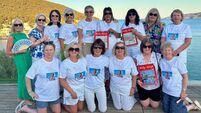
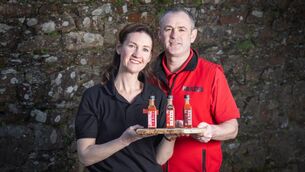



 App?
App?


